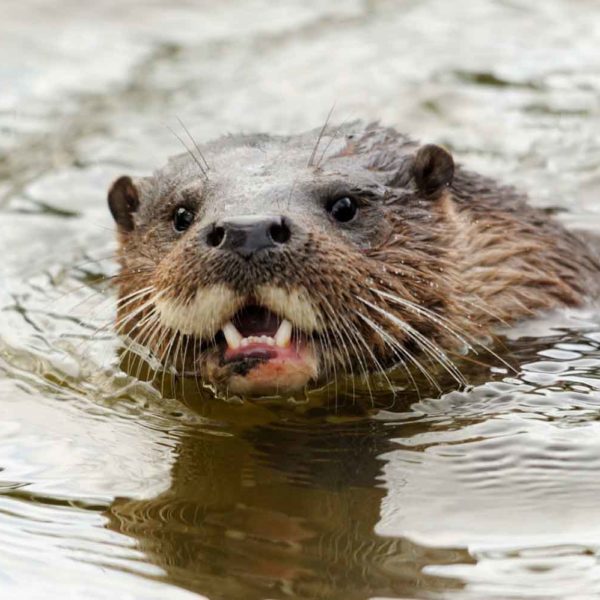Key Facts
- Length: 90cm plus a tail of 45cm
- Weight: 10kg
- Average lifespan: up to 10 years
Otters are one of our top predators, feeding mainly on fish, waterbirds, amphibians and crustaceans. Otters have their cubs in underground burrows, known as a ‘holt’.
Excellent and lithe swimmers, the young are in the water by 10 weeks of age. Otters are well suited to a life on the water as they have webbed feet, dense fur to keep them warm and can close their ears and nose when underwater. For the best chances of seeing an otter in the wild, try the west coast of Scotland, the Shetland Islands or some parts of Wales, northern England and East Anglia.
How to Identify
Otters can be distinguished from Mink by their much larger size, more powerful body, paler grey-brown fur, broader snout and broader, pale chest and throat.
Where to Find
A rare but widespread animal, now found almost throughout the country, but absent from parts of central and southern England, the Isle of Man, the Isles of Scilly and the Channel Islands.
How People can Help
The Otter was nearly wiped out during the 20th century through a combination of pesticide poisoning, persecution and habitat destruction. Luckily, they are now on the increase again thanks to the cleaning up of our rivers and waterways, the banning of harmful pesticides and hunting, and numerous conservation projects across the country to provide suitable habitat for them. The Wildlife Trusts have led the way on such projects, but many local Trusts still need help with habitat improvements, holt-building and surveying to encourage these wonderful creatures back to our rivers. So why not have a go at volunteering for your local Trust? You’ll make new friends, learn new skills and help wildlife along the way.
Did You Know?
Seeing the signs of otters is far easier than seeing the animals themselves. Along riverbanks and waterways, look for five-toed footprints (about 6-7cm long) and droppings or ‘spraints’. Otters leave spraints in prominent places, such as fallen trees, weirs and bridges, as ‘scented messages’, helping them to find mates and defend territories. They contain visible fish bones and have a distinctive, pleasant smell, reminiscent of Jasmine tea!
Similar Species
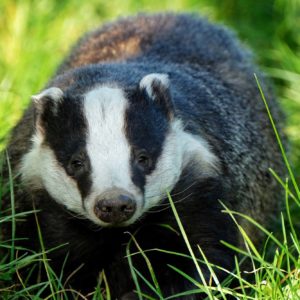
Badger
- Mammals
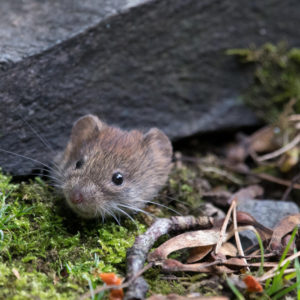
Bank Vole
- Mammals
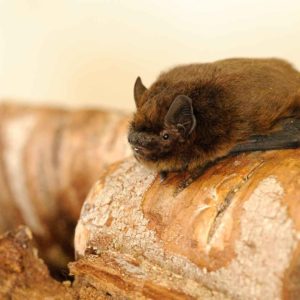
Common Pipistrelle
- Mammals
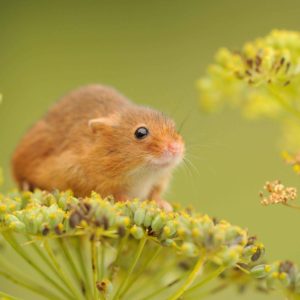
Harvest Mouse
- Mammals
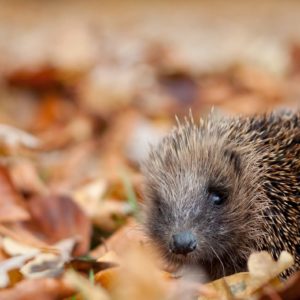
Hedgehog
- Mammals
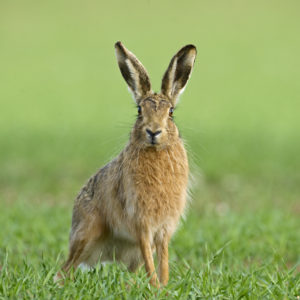
Mountain Hare
- Mammals
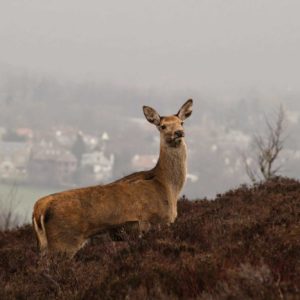
Red Deer
- Mammals
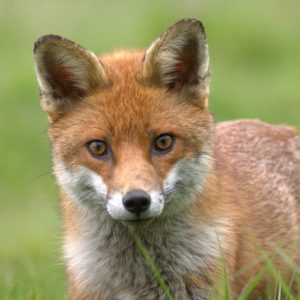
Red Fox
- Mammals
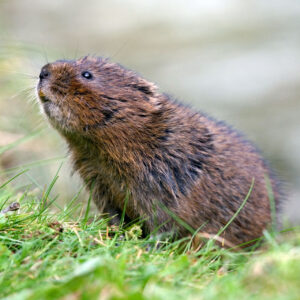
Water Vole
- Mammals
